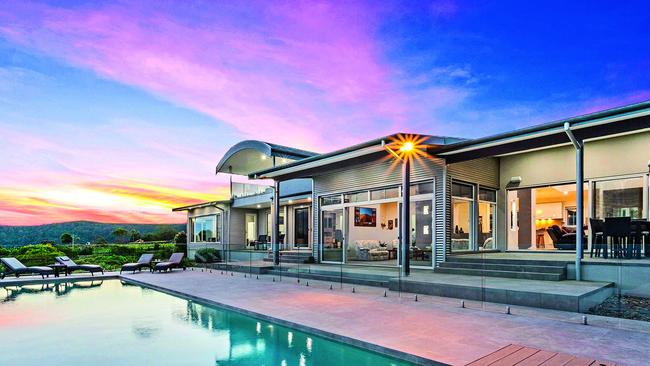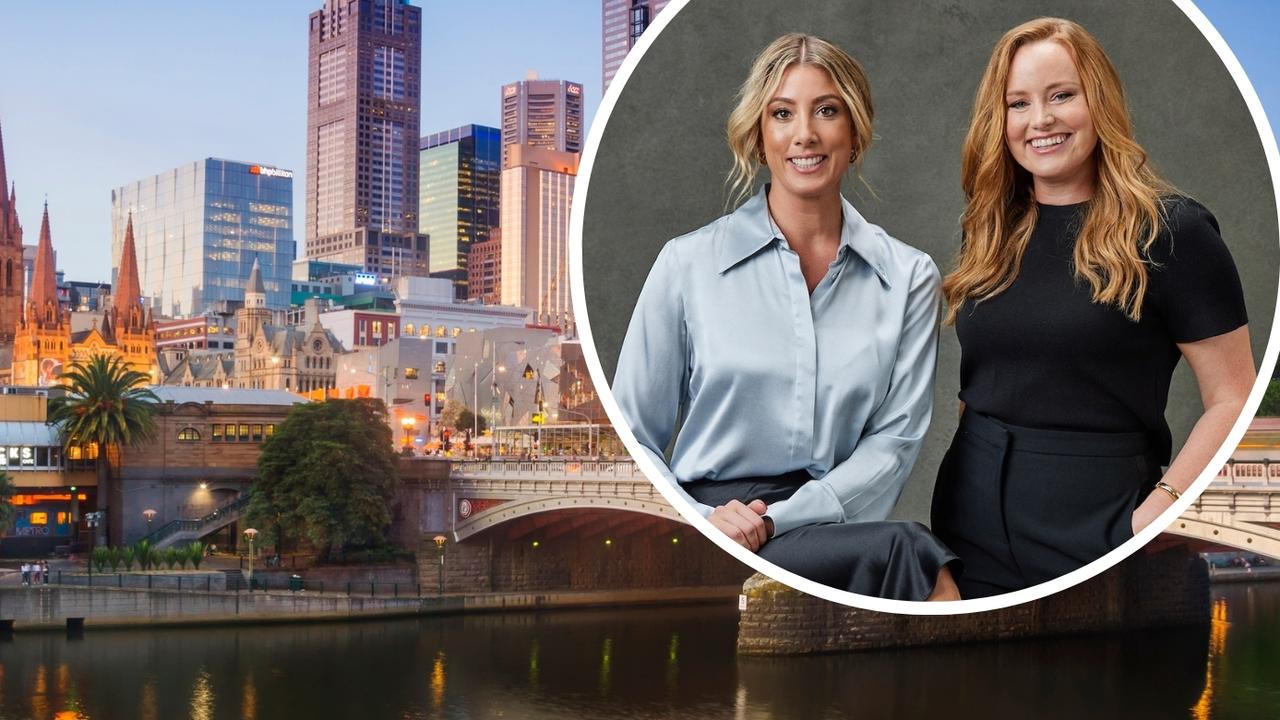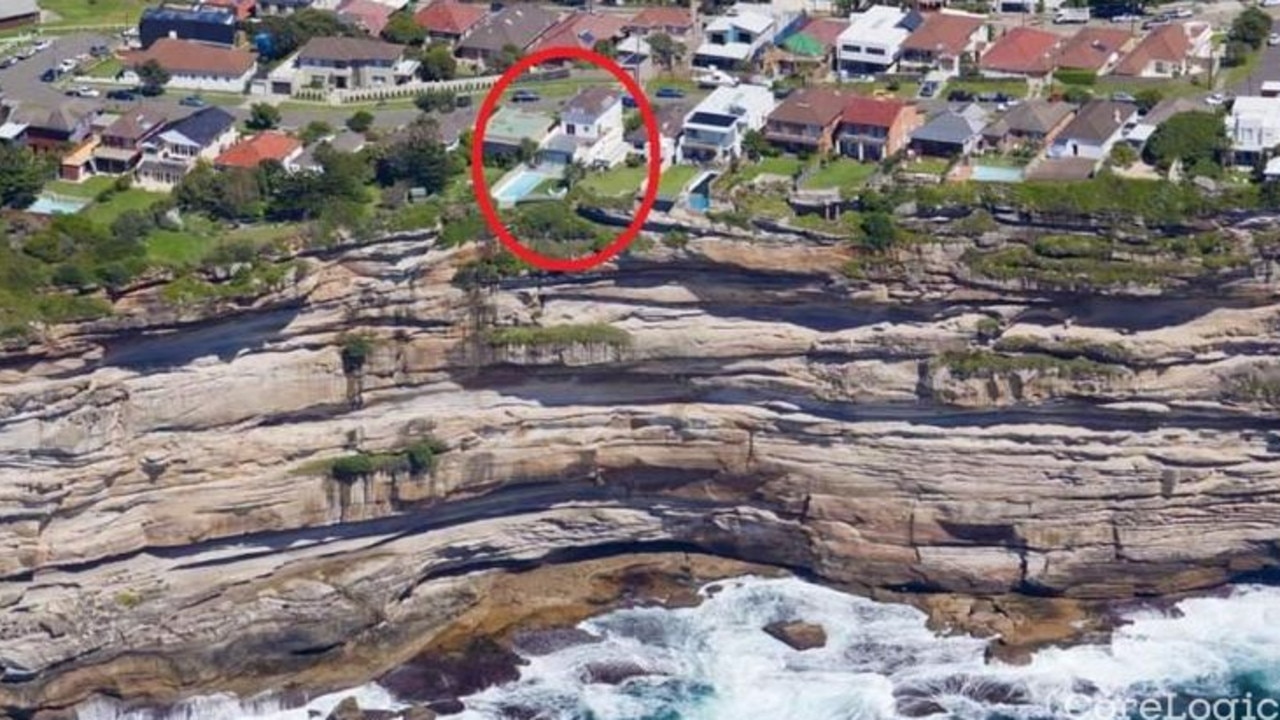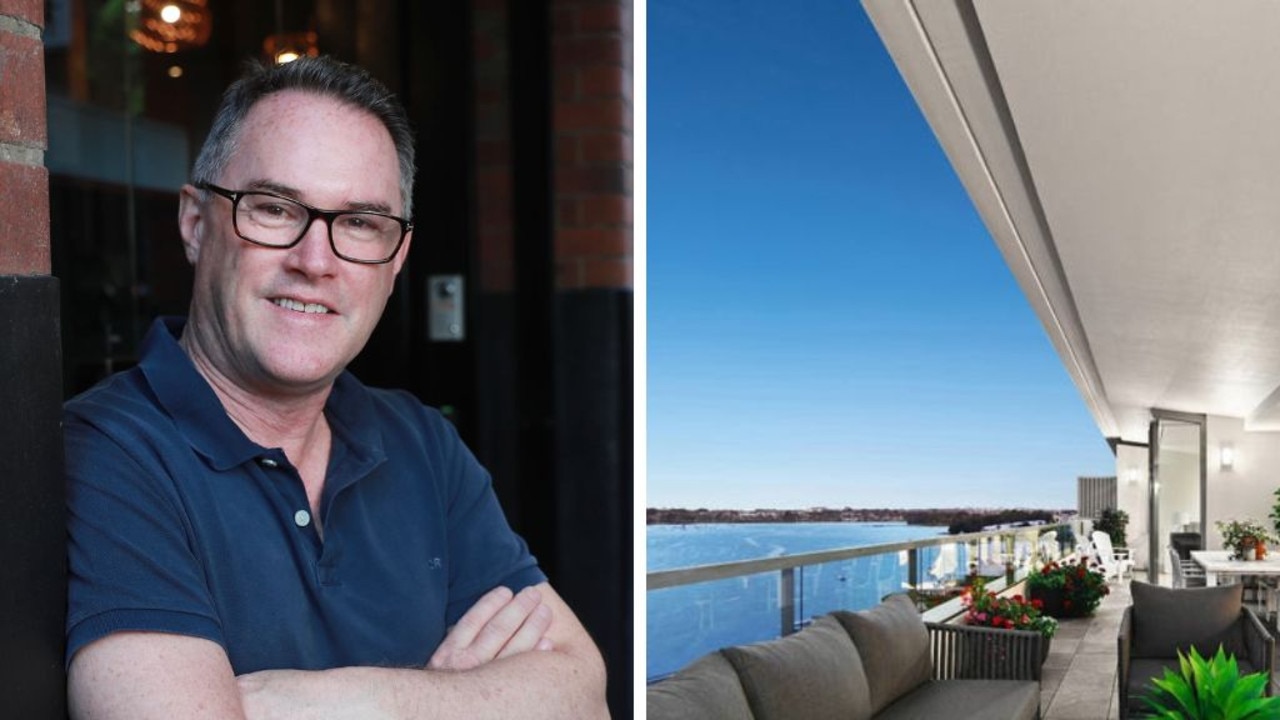Sydney housing world’s second most unaffordable
SYDNEY is the second most expensive city in the world for housing, second to Hong Kong. There’s a simple reason.

SYDNEY is Australia’s most unaffordable housing market and the second most expensive city in the world, second only to Hong Kong, according to research firm Demographia.
For the 13th time, each of Australia’s five major housing markets have won the dubious honour of being rated “severely unaffordable” in Demographia’s annual index.
Melbourne came in at six in the study, while Adelaide, Brisbane and Perth were all ranked in the top 20 most expensive cities in the world.
Demographia, which ranks housing affordability in 406 cities with a population over one million, said urban containment policies were the cause of Australia’s affordability crisis.
Urban containment policies aim to curb the growth of the urban sprawl by encouraging greater density in existing housing areas rather than opening up new sites, commonly called “greenfields”.
“Consistent with the basics of economics, this is associated with higher land prices and, in consequence, higher house prices,” the report said.
Sydney’s “median multiple”, or the median house price ($1.077 million) divided by the median household income ($88,000) is 12.2 — the same rating as last year — meaning a typical home costs more than 12 years’ wages.
Hong Kong’s median multiple, by comparison, is 18.1, down from 19 last year. A typical home in Hong Kong costs $HK5.422 million ($920,000), compared to the median household income of $HK300,000 ($51,000).
The overall median multiple for Australia’s major housing markets is 6.6. It comes after UBS ranked Sydney’s property market the fourth riskiest in the world in its global bubble index, behind Vancouver, London and Stockholm.
Overall, Australia’s 54 housing markets have a “severely unaffordable” median multiple of 5.5 — four housing markets are “affordable”, three are “moderately unaffordable”, 14 are “seriously unaffordable” and 33 are “severely unaffordable”.
The four smaller housing markets deemed “affordable” are in former mining boom areas: Karratha (2.1), Port Hedland (2.3) and Kalgoorlie (2.6) in Western Australia, and Gladstone (2.8) in Queensland.
“Australia’s generally unfavourable housing affordability is in significant contrast to the broad affordability that existed before implementation of urban containment policies,” the report said.
“The price-to-income ratio in Australia was below 3.0 in the late 1980s. All of Australia’s major housing markets have severely unaffordable housing and all have urban containment policy.”
The news comes after new NSW Premier Gladys Berejiklian announced she would address the NSW housing crisis, declaring it “the biggest issue people have across the state”.
Federal Treasurer Scott Morrison, meanwhile, is looking to the UK’s affordable housing initiatives for inspiration. One of the initiatives he will investigate is the Housing Finance Corporation, an independent body that makes low-interest loans to regulated housing associations through the issue of bonds to private investors.
Oliver Hartwich, director of the New Zealand Initiative, said it was a “social imperative” to make housing more affordable “especially at a time when there is a growing threat of populism to Western democracies”.
“We should not accept extreme price levels in our housing markets. High house prices are not a sign of city’s success but a sign of failure to deliver the housing that its citizens need,” he wrote in the report.
“Of course, if you are an investment banker, a media personality or a sports star, you will always be able to live a decent life, no matter how expensive your city is. And if you are within this group, you will also benefit most from the amenities that global cities provide.
“If, however, you are teacher, a nurse, or shop assistant your experience of city life would be very different. You would then have to put up with all the downsides of extreme price levels without being able to participate in metropolitan life.
“But is this the kind of society we want to live in? And isn’t this kind of social polarisation exactly the breeding ground for populism and resentment we are witnessing?”
Economist Alan Moran wrote that the costs were due to excessive regulation. “A fully finished new house (three bedrooms, two garages) costs as little as $150,000,” he wrote.
“Preparation of the land with sewerage, local roads, water and other utilities costs around $70,000 per block. The land itself is mainly used for agriculture and is intrinsically worth maybe $2,000 a block. Yet that new house in western Sydney costs upward of $700,000.
“The fact is that governments have agreed to an ever-growing set of regulations covering everything from phony endangered species to requirements for set-asides for child care, community centres and so on.
“These compound the shortage of land created by refusals to allow development outside of some designated growth corridors, which means rationing of land available for housing. That rationing’s end product is housing that is increasingly out of the budget reach of younger buyers.”




